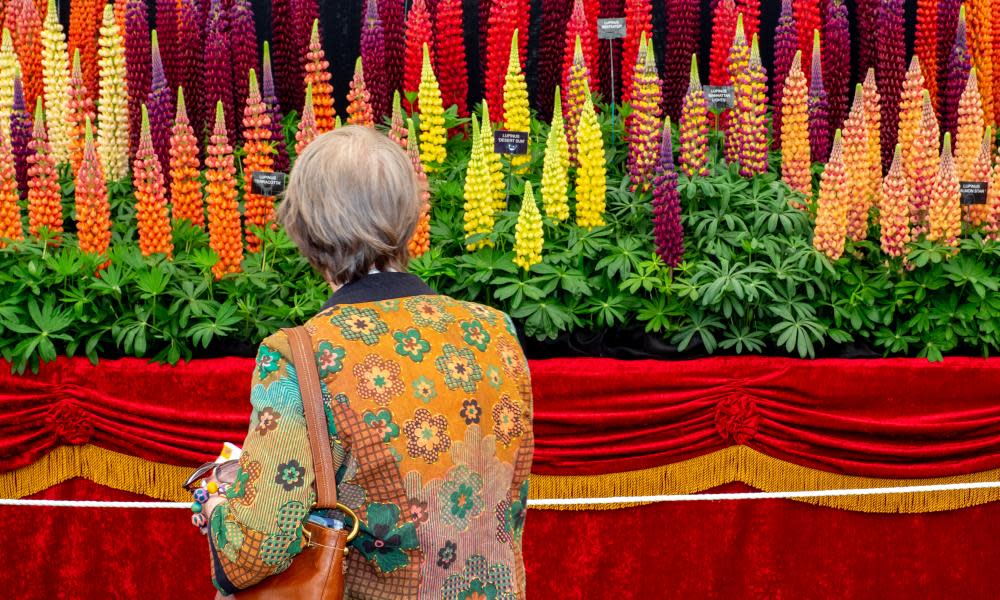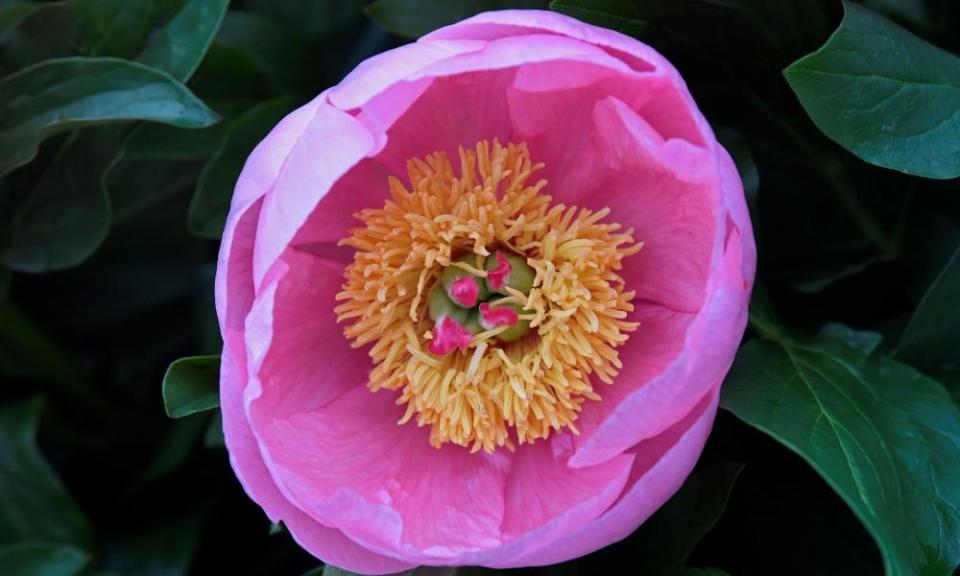Chelsea Flower Show is late this year…

I’ve said it before and I’ll say it again: Chelsea Flower Show is my favourite time of year. To someone who loves both plants and design, it’s like Christmas and my birthday rolled into one. Except in 2021, for the first time in more than a century, the Chelsea “time of year” will be at the close of summer rather than the beginning. But here’s why that is likely to make it the best yet.
Normally coinciding with the first truly warm days of the season at the end of May, due to lockdown restrictions the show has been moved to the end of this month – it runs from 21 to 26 September – after being forced to cancel last year for the first time since the Second World War. Sure, this dramatic seasonal shift will mean challenges. For starters, all the classic “Chelsea” plants will have to be abandoned and that fresh, spring vigour many species have at the peak of the growing season will be a distant memory. But to my mind that is a good – perhaps even desperately needed – thing.

As much as I love Chelsea, there definitely is such thing as a “Chelsea look” – an easily identifiable palette of species that crop up in one guise or another across the gardens at every show. It might lean more heavily to alliums some years and foxgloves the next, but seasonal limitations in the UK inevitably mean a similar paint box is deployed.
When I see the usual press stories of the Chelsea trends for must-have plants, all I can think is: “That’s only because it was in season!” By moving the show to the opposite end of the season, designers will be forced to deviate from familiar favourites and explore all sorts of options they never normally get the opportunity to.
Visitors benefit, too, because, frankly, in the riotous growth of May, every garden looks amazing. Trying to keep the colour, vibrancy and lushness going as we slide into autumn, when few species are looking their best, is a far more difficult challenge. So there will be much more to learn from the design choices on offer.
Rather than the usual pastel shades of spring, expect to see a totally different colour range of rich reds and deeper yellows, which characterise late-summer blooms. There are also likely to be lots of fruiting plants which, for obvious reasons, are rarely possible at the usual show time. From apples and pears to quinces and medlars, the sight of ready-to-harvest fruit offers a whole new potential in terms of display. As with many experiences now opening up, attending the show is sure to be a delight.
They say necessity is the mother of invention and I am excited to see what kind of creativity these new limitations (and opportunities) unleash, and, as always, I’ll be frantically taking photos of everything I can learn from.
Follow James on Twitter @Botanygeek


